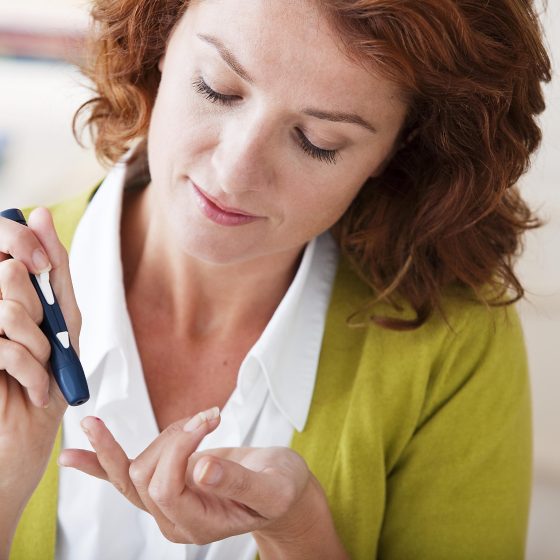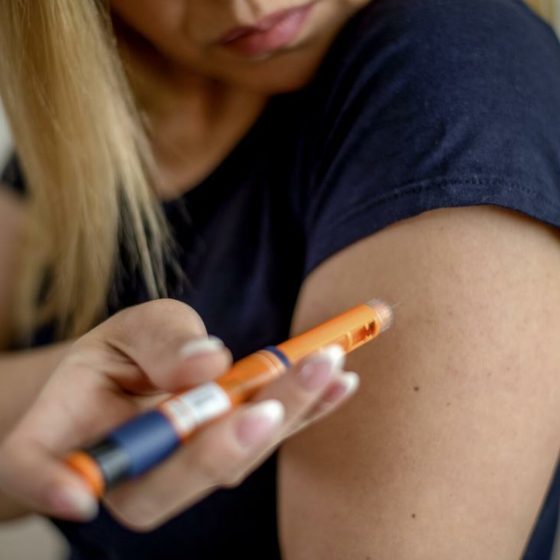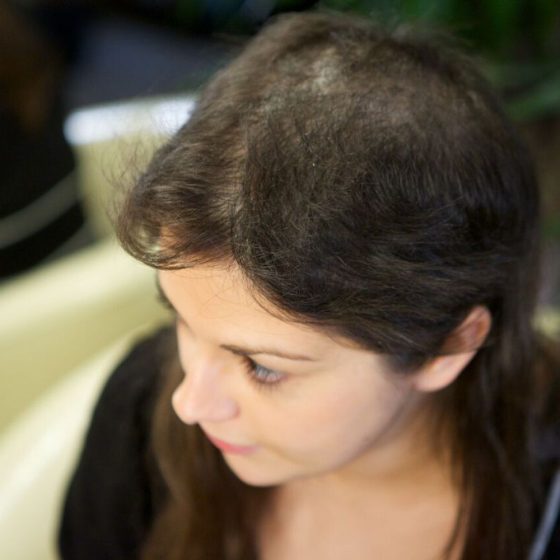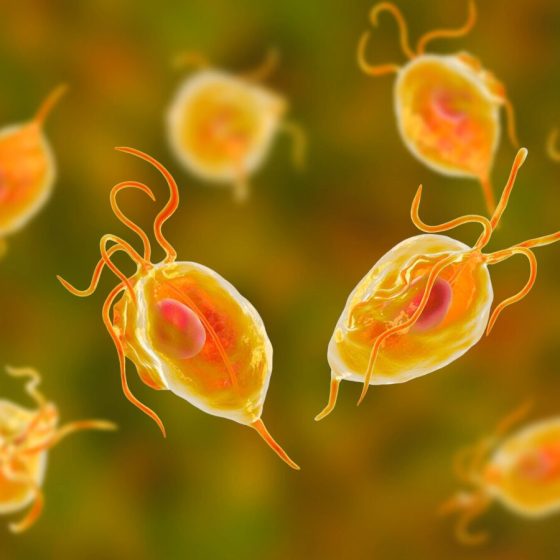Williams syndrome
What is Williams syndrome? Williams syndrome is a genetic condition present from birth that occurs because a small piece of chromosome 7 does not form properly after conception. Williams syndrome can’t be cured, but treatment can help manage the symptoms, especially if started early. What are the symptoms of Williams syndrome? Williams syndrome can cause delays in a child’s development and learning. They can have problems with: speech, with the first word coming as late as 3 years of age motor skills such as walking and toilet training doing activities such as drawing or puzzles However, children with Williams syndrome






